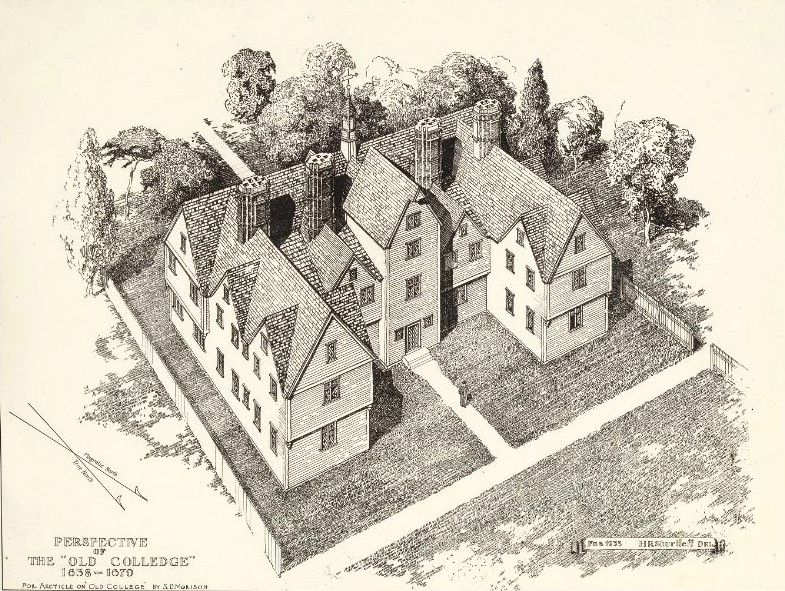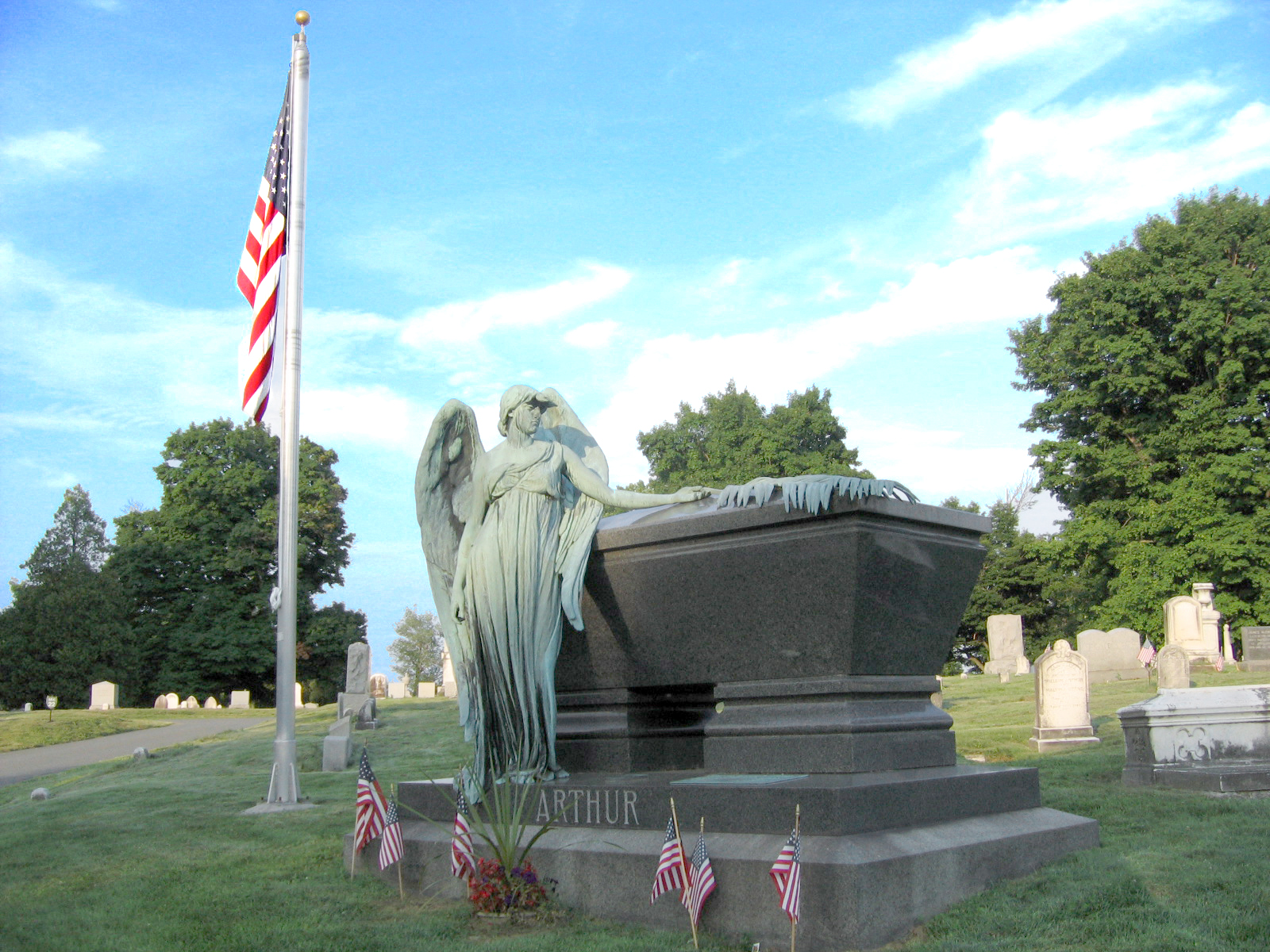|
Stephen Van Rensselaer III
Stephen Van Rensselaer III (; November 1, 1764January 26, 1839) was an American landowner, businessman, militia officer, and politician. A graduate of Harvard College, at age 21, Van Rensselaer took control of Rensselaerswyck, his family's manor. He developed the land by encouraging tenants to settle it and granting them perpetual leases at moderate rates, which enabled the tenants to use more of their capital to make their farms and businesses productive. Active in politics as a Federalist, Van Rensselaer served in the New York State Assembly and New York State Senate, and as Lieutenant Governor of New York. After the demise of the Federalist Party, Van Rensselaer was a John Quincy Adams supporter and served in the United States House of Representatives for one partial term and three full ones. Van Rensselaer was a supporter of higher education; he served on the board of trustees for several schools and colleges and was the founder of the Rensselaer Polytechnic Institute. He ... [...More Info...] [...Related Items...] OR: [Wikipedia] [Google] [Baidu] |
Gilbert Stuart
Gilbert Charles Stuart ( Stewart; December 3, 1755 – July 9, 1828) was an American painter from Rhode Island Colony who is widely considered one of America's foremost portraitists. His best-known work is an unfinished portrait of George Washington, begun in 1796, which is sometimes referred to as the ''Athenaeum Portrait''. Stuart retained the portrait and used it to paint scores of copies that were commissioned by patrons in America and abroad. The image of George Washington featured in the painting has appeared on the United States one-dollar bill for more than a centuryGilbert Stuart Birthplace and Museum . ''Gilbert Stuart Biography''. Accessed July 24, 2007. and on various [...More Info...] [...Related Items...] OR: [Wikipedia] [Google] [Baidu] |
Van Rensselaer Family
The Van Rensselaer family () is a family of Dutch descent that was prominent during the 17th, 18th, and 19th centuries in the area now known as the state of New York. Members of this family played a critical role in the formation of the United States and served as leaders in business, politics and society. History The Van Rensselaers were of Dutch origin, and the family originally migrated from the Netherlands to a large area along the Hudson River in the present-day area of Albany, New York. The Van Rensselaers and other patroons named this young colony New Netherland. Many members of the family were active in politics and in the military.Van Rensselaer, Maunsell (1888)''Annals of the Van Rensselaers in the United States, especially as they relate to the family of Killian K. Van Rensselaer''C. Van Benthuysen & Sons, p. 215 They are best known for the Rensselaerswyck estate of roughly a million acres, which although broken up by the Anti-Rent Revolt in the 1840s, had long c ... [...More Info...] [...Related Items...] OR: [Wikipedia] [Google] [Baidu] |
Peggy Schuyler
Margarita "Peggy" Schuyler Van Rensselaer (September 19, 1758 – March 14, 1801) was the third daughter of Continental Army General Philip Schuyler. She was the wife of Stephen Van Rensselaer III, sister of Angelica Schuyler Church, Philip Jeremiah Schuyler, and Elizabeth Schuyler Hamilton, and sister-in-law of John Barker Church and Alexander Hamilton. Early life Peggy Schuyler was born in Albany, New York on September 19, 1758, the third daughter of Catherine Van Rensselaer Schuyler (1734–1803) and Philip Schuyler (1733–1804), a wealthy patroon and major general in the Continental Army during the American Revolution. She had seven siblings who lived to adulthood, including Philip Jeremiah Schuyler (1768–1835), Angelica Schuyler Church (1756–1814) and Elizabeth Schuyler Hamilton (1757–1854). Her maternal grandparents were Johannes van Rensselaer (1707/08–1783) and his first wife, Engeltje Livingston (1698–1746/47). Johannes was the grandson of Hendrick v ... [...More Info...] [...Related Items...] OR: [Wikipedia] [Google] [Baidu] |
National Republican Party
The National Republican Party, also known as the Anti-Jacksonian Party or simply Republicans, was a political party in the United States that evolved from a conservative-leaning faction of the Democratic-Republican Party that supported John Quincy Adams in the 1824 presidential election. Known initially as "Adams-Clay Republicans" in the wake of the 1824 campaign, Adams's political allies in Congress and at the state-level were referred to as "Adams's Men" during his presidency (1825–1829). When Andrew Jackson became president, following his victory over Adams in the 1828 election, this group became the opposition, and organized themselves as "Anti-Jackson". The use of the term "National Republican" dates from 1830. Henry Clay served as the party's nominee in the 1832 election, but he was defeated by Jackson. The party supported Clay's American System of nationally financed internal improvements and a protective tariff. After the 1832 election, opponents of Jackson ... [...More Info...] [...Related Items...] OR: [Wikipedia] [Google] [Baidu] |
Federalist Party
The Federalist Party was a conservative political party which was the first political party in the United States. As such, under Alexander Hamilton, it dominated the national government from 1789 to 1801. Defeated by the Jeffersonian Republicans in 1800, it became a minority party while keeping its stronghold in New England and made a brief resurgence by opposing the War of 1812. It then collapsed with its last presidential candidate in 1816. Remnants lasted for a few years afterwards. The party appealed to businesses and to conservatives who favored banks, national over state government, manufacturing, an army and navy, and in world affairs preferred Great Britain and strongly opposed the French Revolution. The party favored centralization, federalism, modernization, industrialization and protectionism. The Federalists called for a strong national government that promoted economic growth and fostered friendly relationships with Great Britain in opposition to Revolutio ... [...More Info...] [...Related Items...] OR: [Wikipedia] [Google] [Baidu] |
Harvard College
Harvard College is the undergraduate college of Harvard University, an Ivy League research university in Cambridge, Massachusetts. Founded in 1636, Harvard College is the original school of Harvard University, the oldest institution of higher learning in the United States and among the most prestigious in the world. Part of the Faculty of Arts and Sciences, Harvard College is Harvard University's traditional undergraduate program, offering AB and SB degrees. It is highly selective, with fewer than five percent of applicants being offered admission in recent years. Harvard College students participate in more than 450 extracurricular organizations and nearly all live on campus—first-year students in or near Harvard Yard, and upperclass students in community-oriented "houses". History The school came into existence in 1636 by vote of the Great and General Court of the Massachusetts Bay Colony—though without a single building, instructor, or student. In 1638, the colle ... [...More Info...] [...Related Items...] OR: [Wikipedia] [Google] [Baidu] |
Henry Bell Van Rensselaer
Henry Bell Van Rensselaer (May 14, 1810 – March 23, 1864) was an American military man, an officer in the Union Army during the American Civil War, and a politician who served in the United States Congress as a Representative from the state of New York. Early life Henry Van Rensselaer was born at the manor house in Albany, New York. His father was Stephen Van Rensselaer III, the patroon of the Manor of Rensselaerswyck, who was also a United States Representative and founder of the Rensselaer Polytechnic Institute. The Van Rensselaers belong to the King family of Massachusetts and New York City. His mother, Cornelia Paterson, was the daughter of William Paterson, who served as Governor of New Jersey and an Associate Justice of the United States Supreme Court. He graduated from the United States Military Academy at West Point, New York in 1831. Career He was appointed a brevet Second Lieutenant of the Fifth Regiment, United States Infantry on July 1, 1831, and resig ... [...More Info...] [...Related Items...] OR: [Wikipedia] [Google] [Baidu] |
Cortlandt Van Rensselaer
Cortlandt Van Rensselaer (26 May 1808, in Albany, New York – 25 July 1860, in Burlington, New Jersey) was a Presbyterian clergyman from the United States. Early life He was a son of General Stephen Van Rensselaer and Cornelia Bell Paterson, his father's second wife. He graduated from Yale in 1827, and then studied at Union Theological Seminary, Prince Edward County, Virginia, (now Union Presbyterian Seminary) and at Princeton Theological Seminary. Career He was a missionary to the slaves in Virginia 1833-1835. He was ordained in 1835, and became pastor of the Presbyterian church in Burlington, New Jersey, in 1837, of the 2nd Presbyterian Church, Washington, D.C., in 1841, and agent of Princeton Theological Seminary in 1844, raising $100,000 for its endowment. He was secretary of the Presbyterian board of education 1846-1860, and founded and edited the ''Presbyterian Magazine'' and ''The Home, the School, and the Church''. The New York University gave him the degree of D.D. in ... [...More Info...] [...Related Items...] OR: [Wikipedia] [Google] [Baidu] |
Menands, New York
Menands is a village in Albany County, New York, United States. The population was 3,990 at the 2010 census. The village is named after Louis Menand. The village lies inside the town of Colonie and borders the northern city line of Albany. History Menands would have been first spotted by Europeans ''circa'' 1609, when Henry Hudson dropped anchor somewhere near Cuyler or Pleasure Island during his voyage on the river later to be named after him. This would be the furthest north on the river that Hudson would go in the Half Moon. Today, those islands are connected to the mainland, and are the site of Interstate 787 exits 6 and 7, which includes the cloverleaf interchange with NY 378 and the Troy-Menands Bridge. Louis Menand settled in the village in 1842 and established an important horticultural business. He at first rented land that later became the Home for Aged Men, then in 1847 bought 11 acres of land where the Albany-Watervliet Turnpike (today Broadway) met the road g ... [...More Info...] [...Related Items...] OR: [Wikipedia] [Google] [Baidu] |
Albany Rural Cemetery
The Albany Rural Cemetery was established October 7, 1844, in Colonie, New York, United States, just outside the city of Albany, New York. It is renowned as one of the most beautiful, pastoral cemeteries in the U.S., at over . Many historical American figures are buried there. ''Note:'' This includes an''Accompanying photographs''/ref> History On April 2, 1841, an association was formed to bring the cemetery into being. A committee of the association selected the site on April 20, 1844. The cemetery originally contained . This portion was consecrated October 7, 1844. Daniel D. Barnard delivered the dedication address, which was one of many given at rural cemeteries across the northeast in the years from Justice Joseph Story's address at Mount Auburn Cemetery in 1831 to Lincoln's Gettysburg Address in 1863. The first interment was made in May, 1845.Howell, George Rogers & Tenney, Jonathan (Eds.) (1886). Bi-centennial History of Albany: History of the County of Albany, N.Y., fr ... [...More Info...] [...Related Items...] OR: [Wikipedia] [Google] [Baidu] |
British America
British America comprised the colonial territories of the English Empire, which became the British Empire after the 1707 union of the Kingdom of England with the Kingdom of Scotland to form the Kingdom of Great Britain, in the Americas from 1607 to 1783. Prior to the union, this was termed ''English America'', excepting Scotland's failed attempts to establish its own colonies. Following the union, these colonies were formally known as British America and the British West Indies before the Thirteen Colonies declared their independence in the American Revolutionary War (1775–1783) and formed the United States of America. After the American Revolution, the term '' British North America'' was used to refer to the remainder of Great Britain's possessions in North America. The term British North America was used in 1783, but it was more commonly used after the ''Report on the Affairs of British North America'' (1839), generally known as the '' Durham Report''. History ... [...More Info...] [...Related Items...] OR: [Wikipedia] [Google] [Baidu] |








